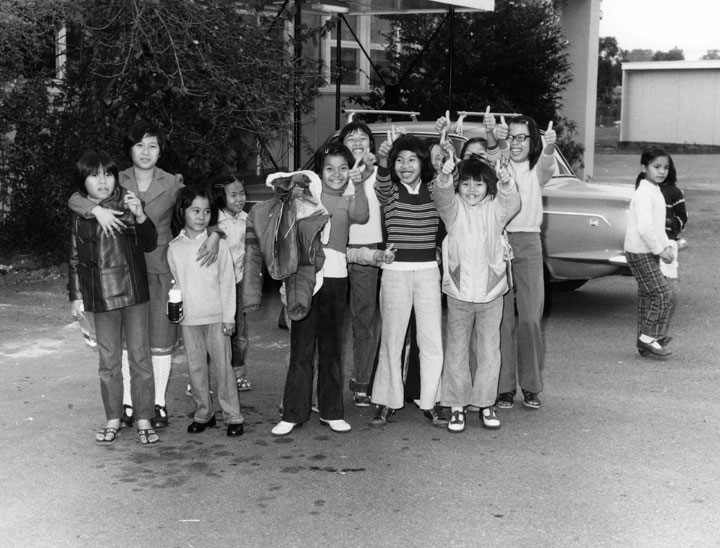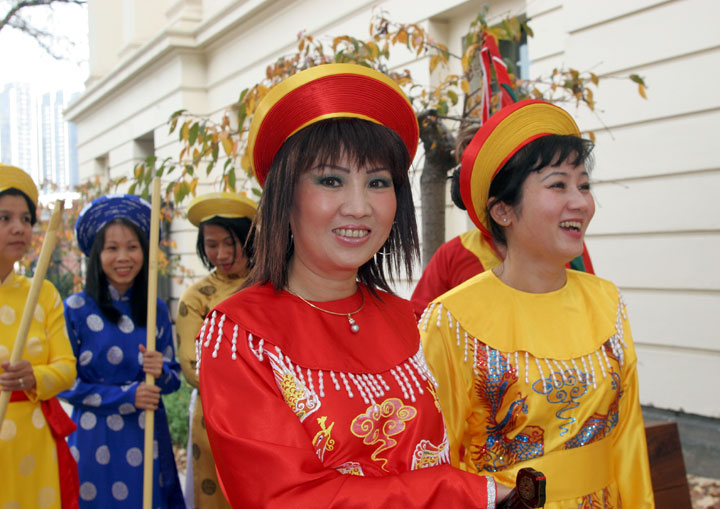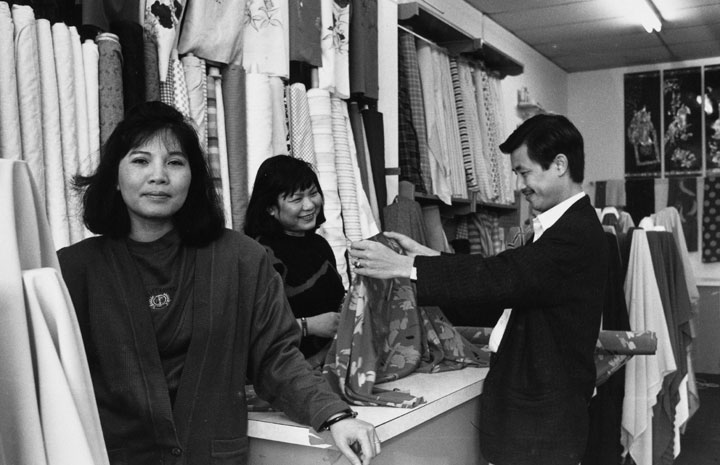Immigration History from Vietnam (Vietnamese) to Victoria
Trước năm 1975, con số người Việt đến tiểu bang Victoria rất thấp, bao gồm các trẻ mồ côi trong chiến tranh Việt Nam cùng vợ của các quân nhân và sinh viên Úc. Tổng số người dân Victoria sinh tại Việt Nam được tính riêng lần đầu trong một cuộc điều tra dân số hồi năm 1976 chỉ có 382 người mà thôi.
Đa số người Việt đến Victoria sau khi nhà cầm quyền cộng sản chiếm quê hương họ hồi cuối cuộc chiến Việt Nam. Những người Việt đã ở Úc thì được cho thường trú, còn những người Việt tỵ nạn cũng bắt đầu được nhận đến Úc qua những trại định cư tại các nước Đông Nam Á. Những trại này đã chật ních người sau khi Việt Nam trục xuất người Việt gốc Hoa và nhiều người khác đã bỏ nước ra đi vì không chấp nhận những mất mát và những khổ đau nghiệt ngã.
Đến năm 1976, chiếc thuyền đầu tiên đưa những người Việt tỵ nạn đến Úc, những người này không phải trải qua các thủ tục di trú chính thức. Họ khao khát có được nơi cư ngụ mới và đã được nhận là di dân trên căn bản nhân đạo. Chỉ trong vòng ba năm sau đó, đã có thêm 53 chiếc thuyền chở người tỵ nạn đến Úc.
Đến năm 1981, tổng số người Việt tại Victoria đã lên đến hơn 12.000 người. Hầu hết đều làm việc trong lãnh vực thương mại và sản xuất.
Vào năm 1982, chính phủ Úc và Việt Nam chấp thuận một chương trình di dân trong vòng trật tự, đặc biệt dành cho việc đoàn tụ gia đình, và kết quả là hai phần ba số người đến Úc trong vòng vài năm sau đó đều là phụ nữ. Dân số người Việt tại Victoria một lần nữa đã tăng lên gấp đôi.
Nhiều người Việt mở cơ sở kinh doanh riêng và thường làm việc một cách siêng năng cần cù để có thể lo cho con cái học hết các cấp trung và đại học. Những cơ sở tiểu thương của người Việt dần dần thay đổi hoàn toàn bộ mặt của các khu đường phố tại những vùng ngoại thành Melbourne như Richmond, Springvale và biến những nơi này thành các khu nhà hàng và các trung tam bán lẻ náo nhiệt.
Ngày nay có hơn 68,000 người Victoria sinh tại Việt Nam, gồm những người gốc Việt lẫn gốc Hoa. Trong số ngừơi làm việc thì có đến 25% làm việc văn phòng, và 28% làm việc trong các lãnh vực giao thông, sản xuất và lao động. Họ thích tạo dựng những mạng lưới cộng đồng vững mạnh và có những đóng góp văn hóa đặc biệt cho sức sống và nền thương mại của Victoria.



